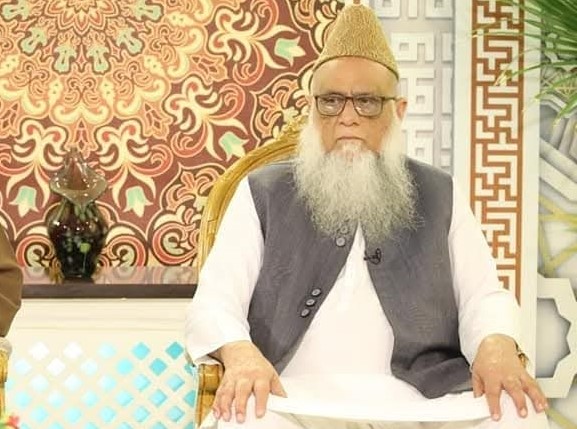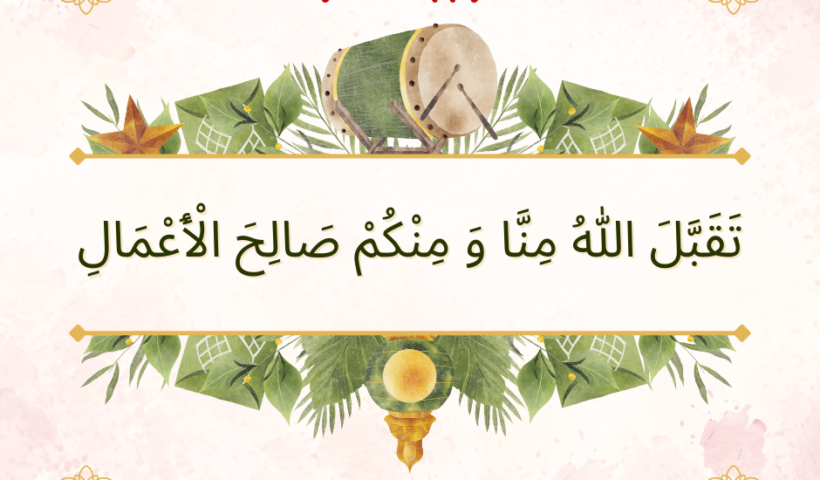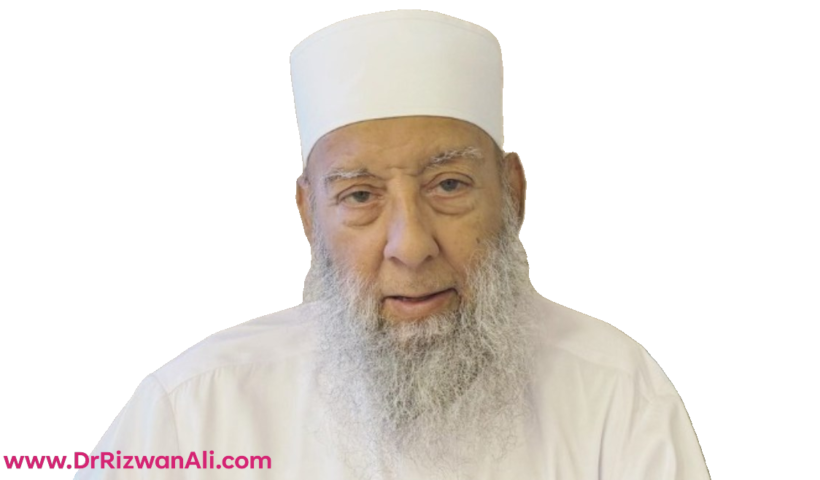Senator Professor Sajid Mir, a towering figure in Pakistan’s religious and political landscapes, passed away on May 3, 2025, at the age of 86, leaving behind a legacy of scholarship, principled leadership, and unwavering commitment to Islamic values. Born on October 2, 1938, in Sialkot, Mir’s life was a tapestry of academic excellence, religious stewardship, and political advocacy. Over six decades, he shaped Pakistan’s Islamic discourse as the Ameer of Jamiat Ahle Hadith, championed educational reforms, and served as a senator for five consecutive terms, earning recognition for his intellectual rigor and moral fortitude. His demise marked the end of an era for a leader who seamlessly bridged traditional Islamic scholarship with modern political engagement, leaving an indelible impact on Pakistan’s socio-religious fabric.
Early Life and Educational Foundations
Family Background and Early Influences
Sajid Mir was born into a family renowned for its scholarly contributions in Sialkot, a city historically significant for its intellectual and cultural heritage. His father, Abdul Qayum Mir, served as a school inspector in the education department, instilling in young Sajid a reverence for learning and public service. The family’s roots traced back to Maulana Muhammad Ibrahim Mir Sialkoti, a prominent Islamic scholar, ensuring that religious and academic pursuits were integral to Mir’s upbringing.
Academic Pursuits and Distinctions
Mir’s educational journey began at Government High School, Sialkot, where he completed his matriculation. He pursued intermediate and undergraduate studies at Murray College, Sialkot, excelling in Arabic, English, and Political Science. His academic prowess earned him the Mir Hasan Medal for topping Arabic and the Muhammad Ali Medal for excellence in English. At Government College, Lahore, he secured a Master’s in English Literature, followed by an MA in Islamic Studies from Punjab University in 1969, graduating with first division honors.
Parallel to his secular education, Mir immersed himself in religious studies. He memorized the Quran at Jamiyah Ibraheemiyah, Sialkot, and completed the Dars-e-Nizami curriculum at Darul Uloom Taqwiyatul Islam, Lahore, earning certifications in Fiqh (Islamic jurisprudence) and Hadith (traditions of the Prophet Muhammad). This dual foundation in modern and classical knowledge positioned him uniquely to address contemporary challenges through an Islamic lens.
Academic and Professional Trajectory
Early Teaching Career in Pakistan
Mir began his professional journey in 1960 as a lecturer of English at Jinnah Islamiyah College, Sialkot. Over the next decade, he transitioned to technical education, serving as an instructor and senior instructor at Government Polytechnic Institutes in Sialkot and Lahore. His leadership roles expanded as he became Officer In-Charge of Related and Basic Studies at Sialkot Polytechnic (1972–1975) and played a pivotal role in the Punjab Board of Technical Education as an examiner and paper setter.
International Exposure: Educational Reforms in Nigeria
In 1975, Mir’s expertise led him to Nigeria, where he contributed to educational reforms under the federal government. Over nine years, he ascended from Senior Education Officer to Assistant Chief Education Officer, designing curricula that blended technical skills with ethical education. His work in Africa not only honed his administrative acumen but also broadened his perspective on global Islamic solidarity, a theme that later permeated his political career.
Religious Leadership and Jamiat Ahle Hadith
Ascension to Leadership
Mir’s association with Jamiat Ahle Hadith (JAH), a reformist Islamic movement advocating Sahih Hadith-centric practices, began in 1962 as a member of its executive council. Following the assassination of JAH’s leader, Ehsan Elahi Zaheer, in 1987, Mir was elected Nazim-e-Aala (Secretary-General) and later Ameer (President) in 1992, a position he held until his death. Under his stewardship, JAH emerged as a unifying force among Sunni sects, emphasizing Quranic literalism and anti-sectarianism.
Theological Contributions and Anti-Extremism
Mir’s leadership was marked by a firm stance against religious extremism. He advocated for intra-faith dialogue, notably urging political parties to form a consensus against military interference in democracy during the 2017 constitutional crisis. His sermons and writings, such as “Islamiyat ka Tajziyah wa Muatalah” (An Analysis of Christianity), underscored his commitment to interfaith understanding while defending Islamic tenets. Prime Minister Shehbaz Sharif later praised Mir’s efforts to counter sectarianism as a “golden chapter” in Pakistan’s religious history.
Political Career and Legislative Impact
Five Terms in the Senate of Pakistan
Mir’s political career began in 1994 when he was first elected to the Senate on a PML-N ticket. Over 31 years, he was re-elected five times, becoming one of Pakistan’s longest-serving senators. His legislative focus spanned Islamic ethics, education, and foreign policy, with committee roles including:
- Chairman, Standing Committee on Religious Affairs (1994–1999): Spearheaded reforms in Hajj policies and blasphemy law protections.
- Chairman, Standing Committee on Science and Technology (2009–2025): Advocated for integrating STEM education with Islamic ethics.
Defiance Against Authoritarianism
Mir’s political courage was epitomized in 2004 when he cast the sole dissenting vote against General Pervez Musharraf’s election as president, a bold rejection of military overreach in governance. This act, coupled with his consistent advocacy for civilian supremacy, cemented his reputation as a principled legislator unwilling to compromise on democratic ideals.
Advocacy for Muslim Unity
In the Senate, Mir criticized Western interventions in Muslim-majority nations and championed stronger ties with Saudi Arabia, Turkey, and Iran. He represented Pakistan in over 50 international conferences, including the Islamic Fiqh Council of the Organization of Islamic Cooperation (OIC) and the World Islamic League in Mecca, where he emphasized pan-Islamic solidarity against Islamophobia.
Literary and Media Contributions
Authorship and Intellectual Legacy
Mir authored several influential works, including:
- “Isaiyat: Ek Mutala aur Tajziya” (Christianity: A Study and Analysis): A critique of Christian theology from an Islamic perspective.
- Translations and annotations of Sahih Muslim and Ma za Khasira al-Alam bi Inhitat al-Muslimeen (What the World Lost Due to the Decline of Muslims).
His articles in Tarjuman-al-Hadith and Al-Islam magazines addressed contemporary issues like ethical governance and Islamic economics, blending scriptural references with socio-political analysis.
Founding Paigham TV: A Modern Da’wah Platform
Recognizing media’s power in religious outreach, Mir founded Paigham TV in the early 2000s, a satellite network broadcasting Quranic teachings, lectures, and interfaith dialogues. Under his patronage, the network expanded to four channels (Urdu, Pashto, Quran TV, and a UK-specific channel), reaching millions globally.
Final Years and Enduring Legacy
Health Challenges and Demise
In his later years, Mir faced chronic health issues, including a spinal surgery in April 2025 and a decade-old cardiac stent. Despite these challenges, he remained active in Senate proceedings until his sudden cardiac arrest on May 3, 2025. His funeral in Sialkot drew thousands, including federal ministers, religious leaders, and international delegates, reflecting his cross-sectoral influence.
Tributes and Posthumous Recognition
Prime Minister Shehbaz Sharif lauded Mir as a “farsighted scholar and statesman,” while PML-N President Nawaz Sharif recalled their five-decade partnership, stating, “His voice for democracy and tolerance will echo through Pakistan’s history”. Internationally, Saudi Crown Prince Mohammed bin Salman acknowledged Mir’s role in strengthening Pakistan-Saudi religious ties.
Conclusion
Senator Professor Sajid Mir’s life exemplified the harmonious integration of faith, scholarship, and civic duty. From his early days as a polytechnic instructor to his tenure as a senator and Islamic leader, he navigated Pakistan’s complex socio-political terrain with unwavering principles. His legacy endures through Jamiat Ahle Hadith’s educational networks, Paigham TV’s global outreach, and a generation of leaders inspired by his intellectual and moral clarity. As Pakistan grapples with secular-religious divides, Mir’s vision of an enlightened, inclusive Islamic society remains a guiding beacon. Future leaders would do well to emulate his commitment to dialogue, education, and democratic integrity-a trifecta that defined one of Pakistan’s most respected statesmen.




